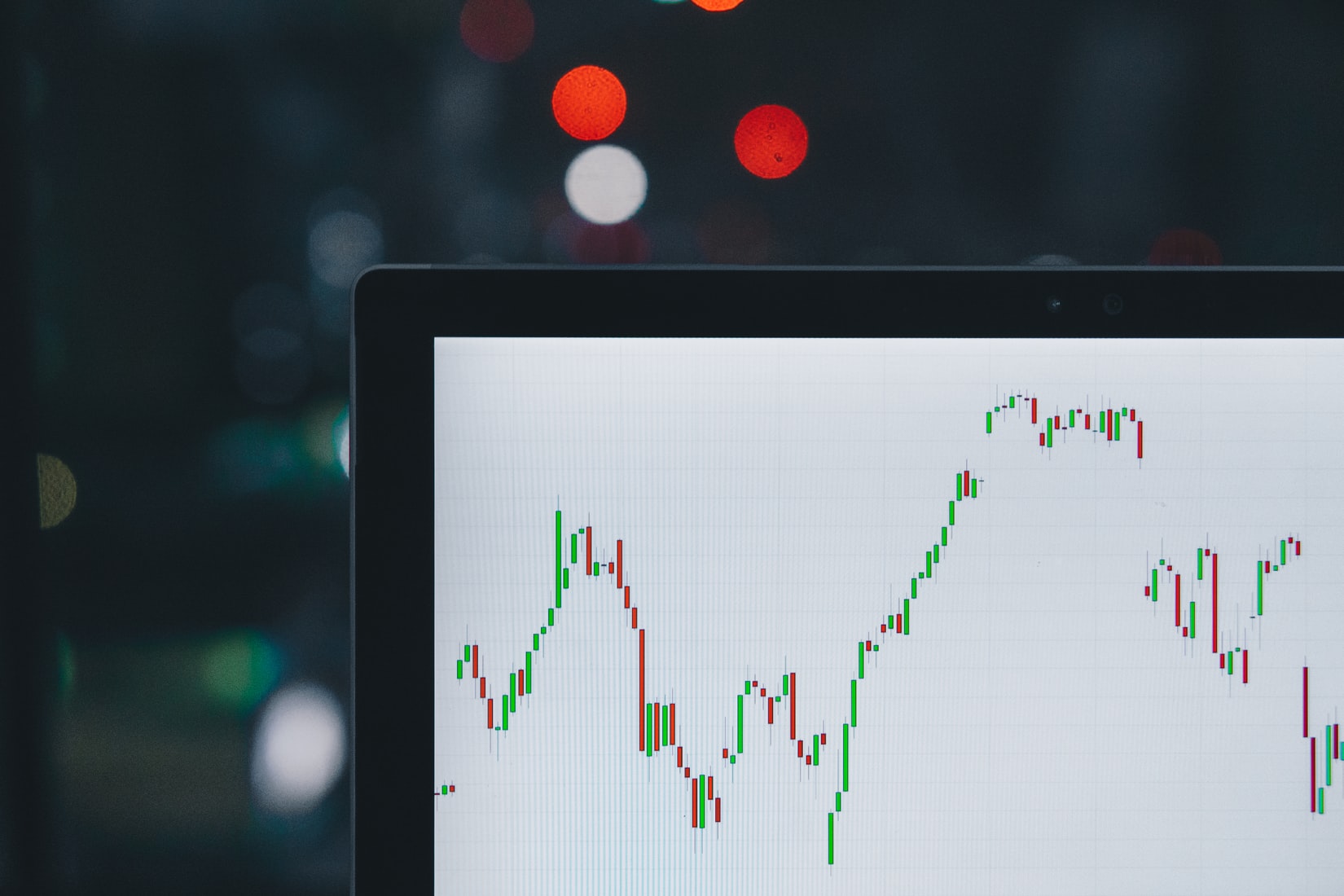Synthetic ETFs offering exposure to US and global equities have outperformed their physical counterparts this year as investors begin to turn back to the swap-based structure following years in the wilderness.
According to research conducted by Invesco, the firm’s synthetically replicated S&P 500, the Invesco MSCI USA UCITS ETF (MXUS) and Invesco MSCI World UCITS ETF (MXWO) outperformed the average of their largest physical competitors by 0.24%, 0.31% and 0.12%, respectively, over the past year, as at the end of August.
Over the past three years, these figures jump to 0.71%, 0.64% and 0.18%, highlighting the benefits of synthetic ETFs in certain markets.
In the US, for example, synthetic ETFs do not pay withholding tax on dividends as the substitute basket of the ETF is restricted to non-dividend paying stocks.
Meanwhile, physical ETFs domiciled in Luxembourg pay 30% withholding tax on US equity dividends while Irish-domiciled ETFs pay 15%.
This can lead to an annual performance boost of 0.30%.
The outperformance has not gone unnoticed by investors with the $10.4bn Invesco S&P 500 UCITS ETF (SPSX), the largest synthetic ETF in Europe, seeing just under $1bn inflows this year while the remaining S&P 500 ETFs listed on the European market have seen outflows of $7bn.
Chris Mellor, head of EMEA ETF equity and commodity product management at Invesco, commented: “These benefits include the potential to generate consistent outperformance with low tracking error even in difficult market conditions.”
The European market used to be dominated by synthetic ETFs however this changed in 2011 after warnings from the IMF and Financial Stability about the risks of swaps. As a result, around 75% of assets in Europe are in physical ETFs.
However, many of these risks have since be addressed with the introduction of a multi-swap counterparty model that reduces the impact of any one swap provider defaulting.
Europe’s largest ETF issuer, BlackRock, has also noticed the increasing demand for synthetic ETFs with the issuer launching the iShares S&P 500 Swap UCITS ETF (I500), ETF Stream revealed on Monday.
This represents somewhat of a shift from BlackRock which has been a long-time critic of synthetic ETFs since the Global Financial Crisis. In 2011, it was reported chairman and CEO Larry Fink said synthetic ETFs exposed investors to unadvertised counterparty risks.
“If you buy a Lyxor product, you are an unsecured creditor of SocGen,” Fink warned at a conference in New York.
Commenting on the benefits of synthetic ETFs, Gary Buxton, head of EMEA ETFs and indexed strategies at Invesco, said: “History shows the synthetic replication method has not been without its critics, and indeed some of our competitors have either campaigned against them or converted to physical replication over the years.
“We are not suggesting that one replication model will be the best in every market but merely highlighting the importance of capturing advantages while managing risks.”




